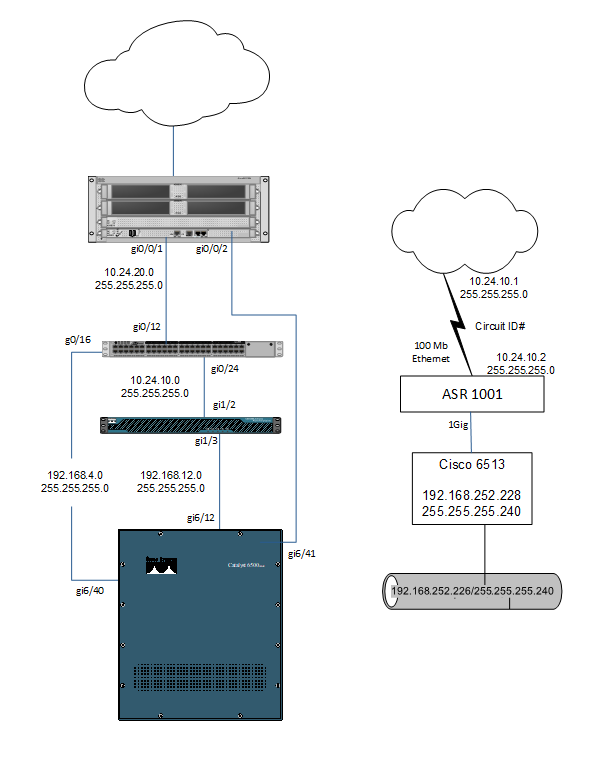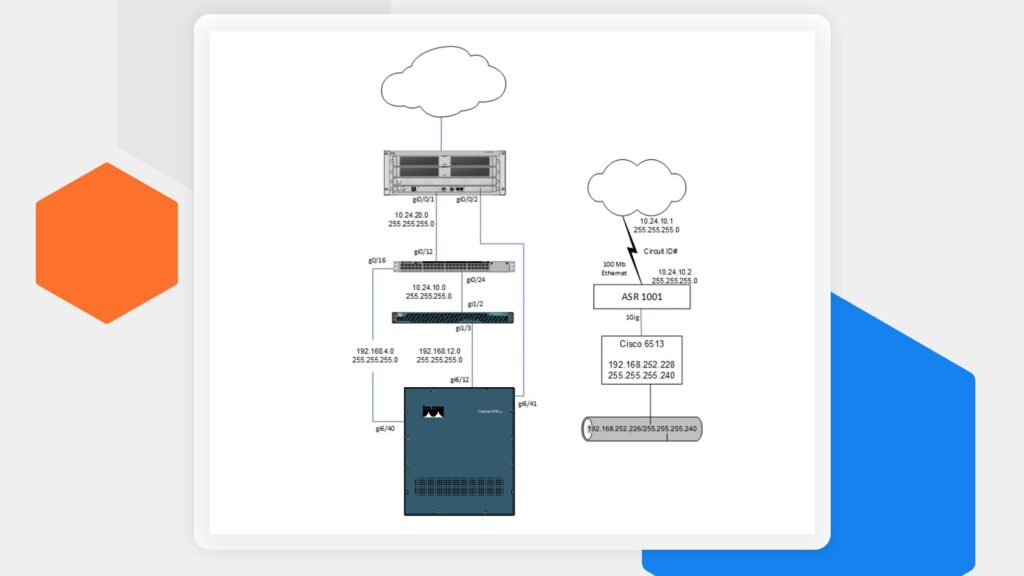Since the onset of the pandemic in 2020, businesses were coerced to instantly transform how they conducted their daily operations from an all-employee onsite model to an all-employee remote model, making dynamic maps more critical than ever. This specific change altered the flow of the network and changed the criticality of devices. Remote access technologies were considered to be a nice value addition in the past. Today, due to the pandemic, these devices became a part of the mainstream technology that businesses use to access their networks.
Furthermore, the Internet and WAN circuits that supported remote access were also incorporated in most of the companies. One crucial part of these newly devised solutions was the Network Maps, which helped visualize the business’s network infrastructure and determine what must be changed.
However, in case the drawings were not dynamically maintained, the employees were responsible to manually update the drawings. However, those employees were dedicating their time to updating the actual design of the network to support the new remote access requirements.
The pandemic changed business continuity, along with the way in which the workforces supported networks. Several companies had to downsize, decrease staff, and assign several titles to individuals to ensure that the business remained operational.
We have outlined 3 primary reasons why businesses need dynamic network mapping software:
1. Manual Network drawings are not properly maintained
The pandemic is not the only critical event that requires updated network drawings. It is worth noting that the pandemic was an unforeseen event.
Many companies did not have adequate resources available during the pandemic to instantly shift gears from putting out fires to updating network drawings. Moreover, network outages are also typically unforeseen events.
However, they happen more frequently. And when they do, there is a need for the network staff to restore the network as soon as possible. Dynamic network maps can illustrate to you a point in time visualization of the network prior to the outage.
The visualizations can be in multiple formats including – Topology Maps or Network Drawings, Data Grids or Tables and Reports. The terms Topology Maps and Network Drawings are interchangeable. Different topology types include Physical, vPhysical, and Logical.
Up-to-date drawings facilitate a faster Meantime to Repair (MTTR) of the network. This rule applies to network outages as well as the transformation towards remote access as a way of business. The proper time to update a network drawing is not when a network outage occurs.
Instead, one must focus on restoring network connectivity. Updated drawings are also required for Network and Security Audits. In order to maintain network drawings manually, companies require resources.
2. Network Drawing skills are not taught
A few businesses hire employees equipped with the skillset to create network drawings. However, when such employees leave the company, the skill does not remain within the company.
In such a case, the company must ensure that another employee gets up to speed when it comes to creating manual network drawings. This task can be particularly challenging because there is no book available to help teach how to create network drawings. Similarly, there are no classes conducted to learn how network drawings are created. Similar to any other profession, wherein a new skill is initially learnt, you essentially learn one technique that may not be the most efficient or effective.
Dynamic network mapping software does this for you. The maps are based on years of trial and error and experiences of experienced technical professionals, resulting in the best suited and most valuable network maps and drawings.
3. There are no standards for network drawings
Often, a person is handed Visio, and they are asked to create a network drawing, and they comply with these directions. There are many approaches to exhibiting computer networks.
Most people agree that there should be a Physical and Logical network drawing or map. However, the majority cannot agree upon what should be depicted on each type of drawing. In fact, some of the drawings look more like a Physiological diagram, particularly when someone thinks it’s a great idea to create a drawing by taking a physical drawing and a logical drawing and putting those together.
The result is a drawing through which it’s not clear what the devices are doing.

Are the network devices switching? Are they routing? You cannot tell from the drawing. Therefore, say no to Physiological and manual diagrams, and say hello to dynamic network mapping software which delivers standardised network drawings.

